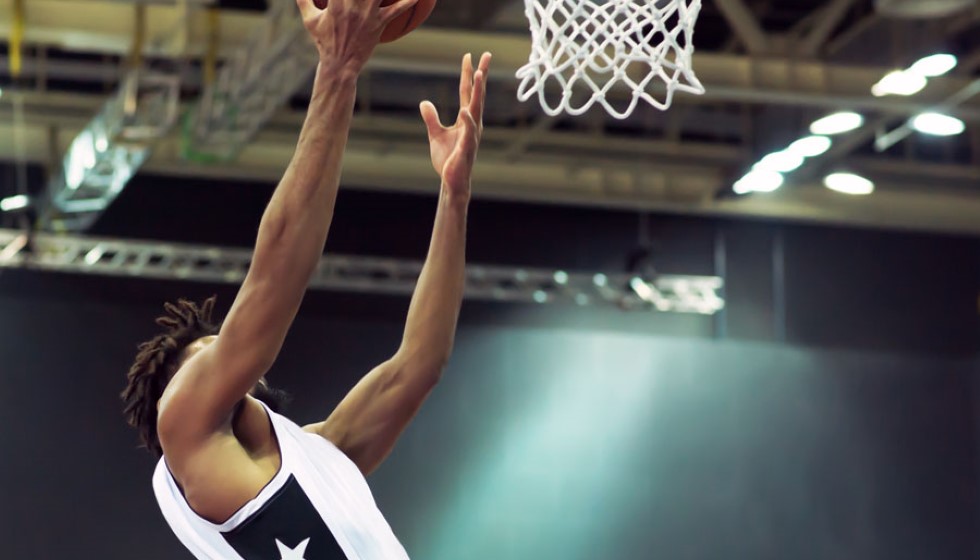
Navigating New Terrains: The 76ers' Experiment in Smaller Lineups
This season, the Philadelphia 76ers have witnessed an evolution in their gameplay strategies, challenged by the absence of key players Joel Embiid and Andre Drummond. In a move that speaks volumes about adaptability in the NBA, Coach Nick Nurse has ventured into uncharted waters, experimenting with smaller lineups to fill the gap left by his star center.
Taking center stage in this experiment is Guerschon Yabuesele, who has been thrust into the limelight as the team’s starting center. The shifting dynamics have also seen Adem Bona stepping up to anchor the second unit, providing a new rhythm to the Sixers' gameplay. Emerging from the wings, Paul George introduces an intriguing dimension to the team configuration. Known widely for his defensive prowess on the perimeter, George stands tall at 6-8 with a wingspan of 6-11.
The strategy of deploying a smaller lineup isn’t entirely novel in today’s NBA, where adaptability and versatility often dictate the narrative. Other teams, such as the Boston Celtics, have proven the strategic efficacy of such maneuvers. Yet for the Sixers, these adjustments come at a time when the team is visibly stretched thin, and every game serves as a test of resilience and innovation.
Challenging the Norm
Despite the promise it holds, the strategy is not without its hurdles. The Sixers recently deployed a centerless formation in a 123-115 loss to the New Orleans Pelicans, prompting questions about the effectiveness of unconventional configurations. Intriguingly, the lineup included Tyrese Maxey, Ricky Council IV, Kelly Oubre Jr., and Caleb Martin, alongside Paul George, who articulates the challenges these formations introduce.
"It's different," George admits. "I'm used to scrapping and running around and chasing and fighting through screens." The shift in dynamics seems to mandate a transition not only in physical gameplay but also in mental readiness, highlighting the need for adaptive strategies to navigate such challenges effectively.
A New Role for Paul George
For George, the adjustment comes with its unique set of challenges and sometimes, a touch of mundane. His candidness about playing in a position that may not fully exploit his skillset reveals another layer to this dynamic. "To be honest, I'm bored playing on a 5. It just don't do enough for me," he admits, hinting at a role that perhaps curtails his typical aggressive defense and cross-court agility.
Such sentiments underscore a broader narrative within the team as they strive to optimize the current lineups while maximizing their players' potential. George's preference is clear: "I enjoy chasing the little guys and matching up against wing offensive players." His words encapsulate the essence of his natural inclination towards challenging agile offensive power, something he misses in the current adjustment.
Looking Ahead
As the Sixers continue to navigate this period without their star center, the emphasis remains on versatility and adaptability. Nick Nurse's decision to employ these smaller setups denotes a willingness to explore new territories, responding dynamically to the challenge.
While the road is fraught with challenges, the adaptive strategies adopted by the 76ers potentially pave the way for inventive plays and a reevaluation of conventional roles. For fans and analysts alike, this new chapter promises to be a vivid exploration of basketball innovation, with the potential for memorable highlights and strategic insights.
In a league where transformation can often lead to a competitive edge, the Sixers' journey in navigating through these lineups will be a storyline to watch as the season unfolds. Without the anchor of Embiid or Drummond, the Philadelphia 76ers' voyage through innovative gameplay could chart new pathways in the game they cherish.